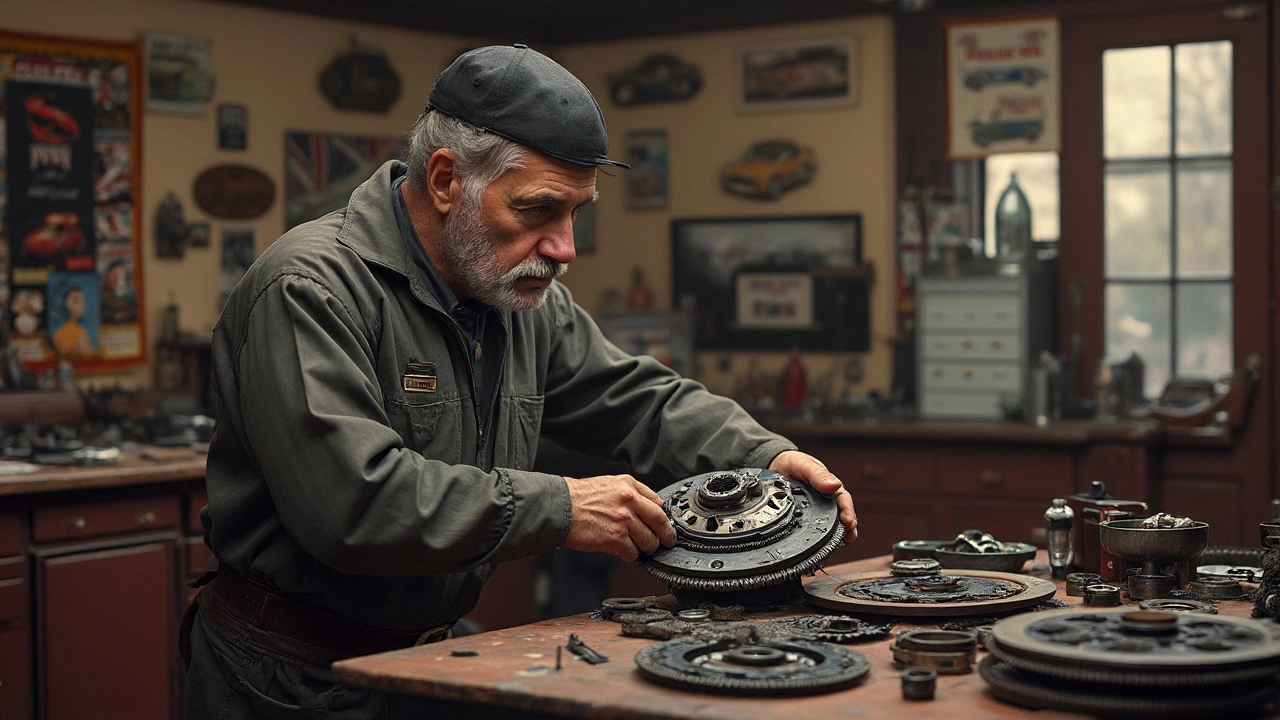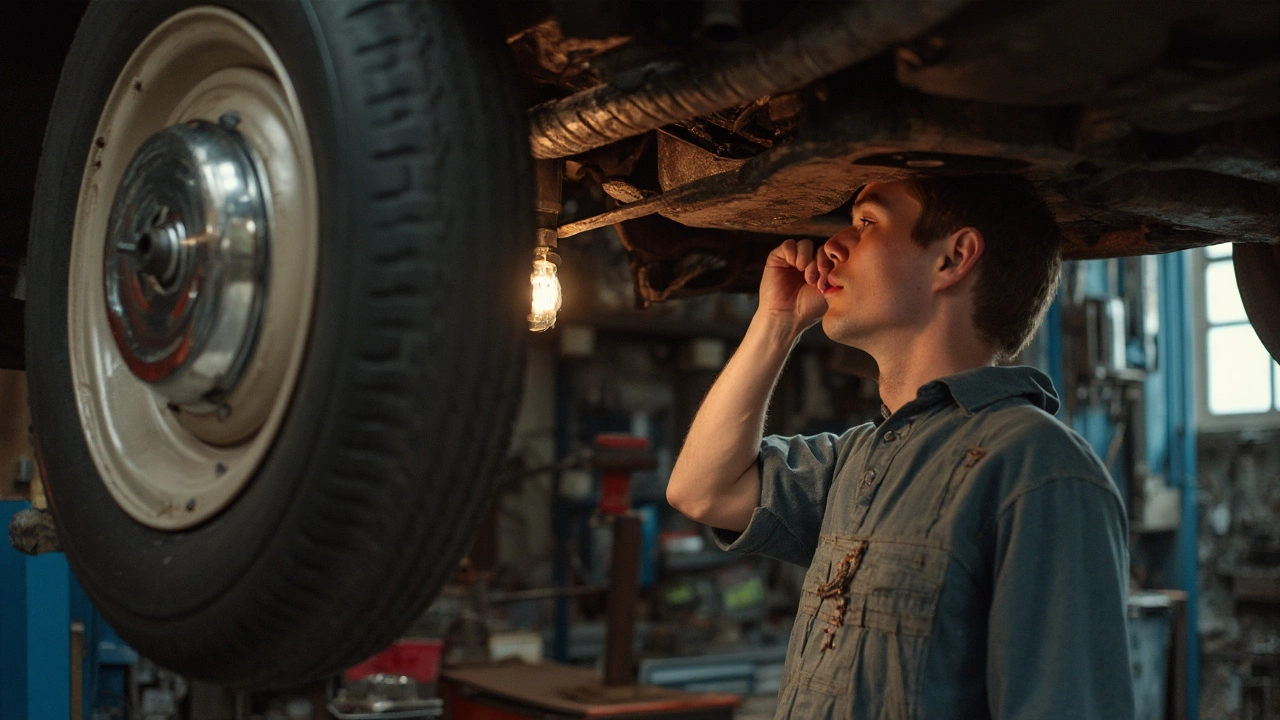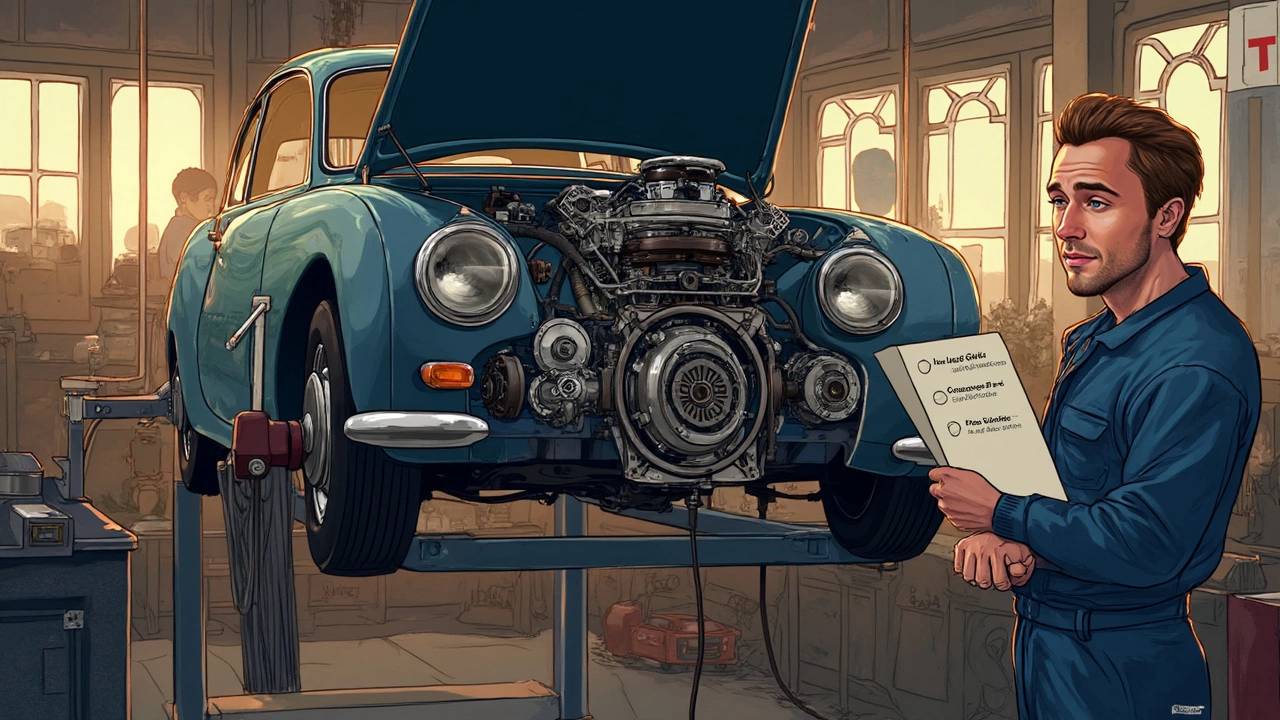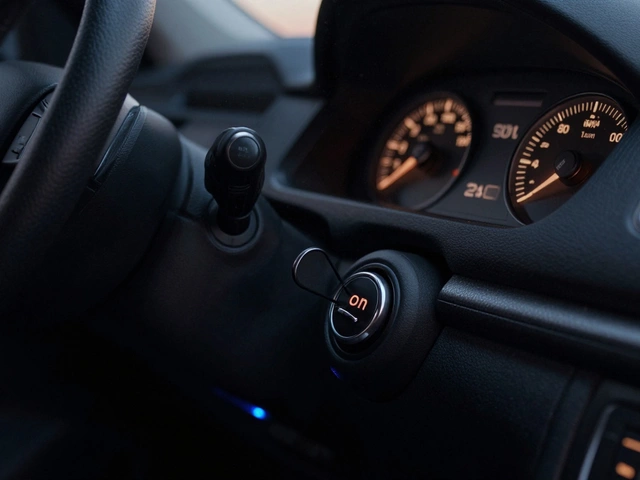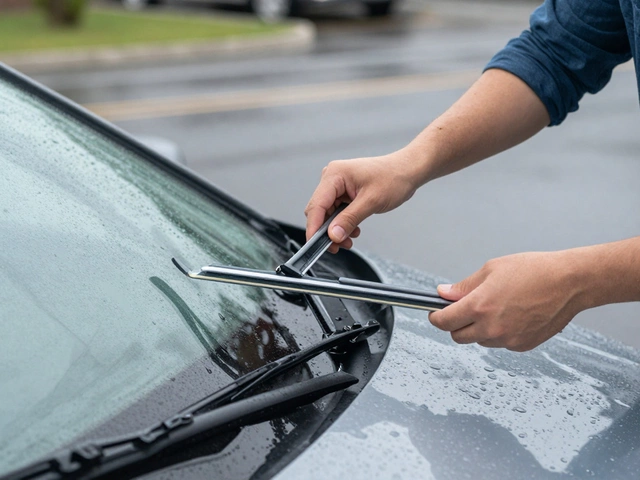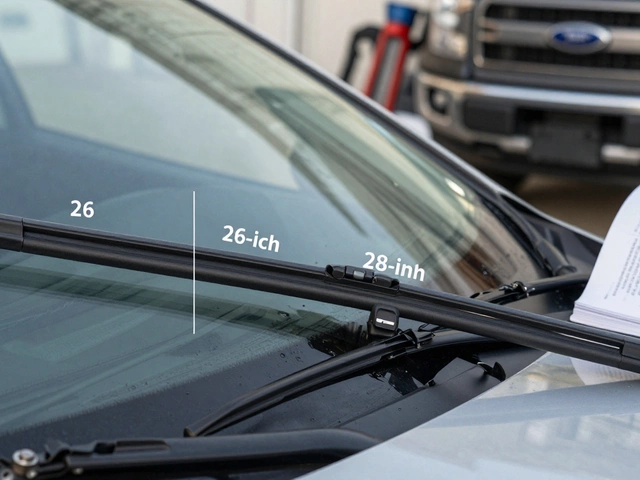Clutch Replacement: Signs, Costs, and When You Need It
When your clutch replacement, the process of swapping out a worn clutch assembly to restore smooth gear changes in a manual transmission vehicle. Also known as clutch repair, it’s not something you can ignore for long—especially if you’re noticing slipping, grinding, or a spongy pedal. A clutch is the link between your engine and transmission. When it wears out, your car doesn’t just drive poorly—it can leave you stranded. Unlike oil changes or brake pads, you can’t just top it up. Once the friction material wears thin or the pressure plate fails, the only fix is a full replacement.
Most drivers don’t realize how much their slipping clutch, a condition where the clutch fails to fully engage, causing engine RPM to rise without matching speed increase. Also known as clutch slippage, it’s often mistaken for a transmission issue is connected to their bad clutch signs, observable symptoms like difficulty shifting, burning smell, or pedal that feels higher than normal. Also known as clutch failure indicators, these are early warnings you can’t afford to miss. If your car revs but doesn’t accelerate when you press the gas—especially uphill or under load—that’s not turbo lag. That’s your clutch giving up. The smell? That’s the friction plate overheating from constant slipping. And if your clutch pedal feels loose or needs to be pressed all the way to the floor, the hydraulic system or release bearing is failing. These aren’t minor annoyances. They’re signals that your clutch kit is done.
Clutch replacement isn’t cheap, but it’s cheaper than wrecking your gearbox. Most UK drivers pay between £400 and £800, depending on the car. Labour takes 3 to 6 hours because the transmission has to come off. You’re not just paying for the clutch plate—you’re paying for the pressure plate, release bearing, and sometimes the flywheel too. If your flywheel is cracked or warped, it needs replacing as well. Skipping that step means your new clutch will wear out in months. And yes, if you’re driving a diesel or a heavy car, the cost goes up. But here’s the thing: if you wait too long, you’ll end up paying double. A failed clutch can damage the gearbox input shaft, the synchronizers, even the starter motor. That’s not a repair—it’s a rebuild.
Some people think they can stretch it out—"I’ve driven like this for months." But every time you ride the clutch or creep in traffic with your foot on the pedal, you’re wearing it down faster. It’s not a matter of if—it’s when. The good news? You don’t need to guess. The posts below show you exactly how to spot clutch problems before they break down, what to expect when you get it replaced, and how to avoid being upsold on parts you don’t need. You’ll find real stories from people who ignored the signs, what they learned, and how to make sure you don’t end up with the same bill.
